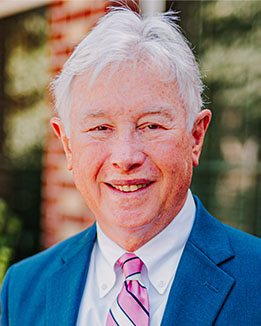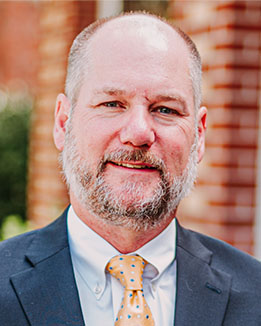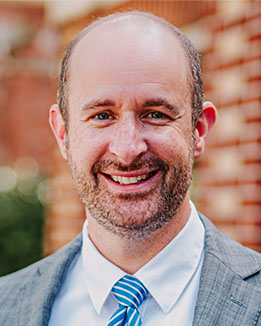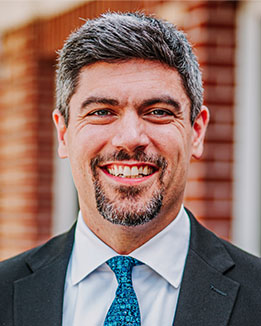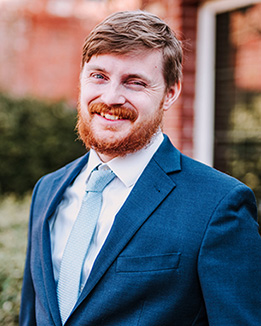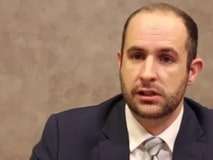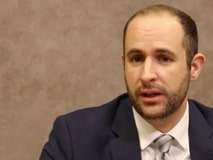Should I Take Pictures Following My Car Accident?
Most of us carry a smart phone with a built-in camera. This can prove useful if you are in a car accident. It is generally a good idea to take pictures at the accident scene, even if you don’t see much damage, because it may provide valuable evidence in any subsequent personal injury lawsuit.
Photos Help Defendant Challenge Plaintiff’s Credibility
For example, a Tennessee appeals court recently affirmed a jury verdict in favor of a defendant who used accident scene photos to undermine the plaintiff’s testimony about the severity of their car accident. The plaintiff accused the defendant of negligence in causing the accident, which resulted in “serious and permanent injuries to [the plaintiff’s] cervical and lumbar spine that required surgery.” At trial, the plaintiff testified that he felt a “sharp pain in my neck and back immediately” at the accident’s point of impact, which the plaintiff described as “heavy.”
The defendant argued there was minimal physical damage to both vehicles. To that end, the defendant introduced photographs that she took “immediately” after the accident. Specifically, the defendant wanted to use the photos to impeach (challenge) the plaintiff’s testimony regarding the severity of the impact.
The trial judge allowed the jury to see the photographs. The judge further instructed the jurors that “you are not to make any inference regarding any correlation between property damage to the vehicles and the personal injury damages claimed by the plaintiffs.” In other words, the photographs were only to be considered in weighing the credibility of the plaintiff’s testimony about the accident.
The jury ultimately returned a verdict in favor of the defendant. The plaintiff appealed, arguing the judge should not have admitted the defendant’s photographs as evidence. But the Tennessee Court of Appeals disagreed and affirmed the verdict. The appeals court said in cases like this one, where there was no expert witness testimony offered, the jury could consider “photographic evidence to infer the force of impact from a collision.”
The appeals court reiterated the trial judge’s instruction that photographs could not be used to prove or disprove a correlation between an accident and the plaintiff’s injuries. As the trial judge noted, “some bad accidents result in little injury and some minor accidents result in very serious injury.” But here, the photographs were offered solely to impeach the plaintiff’s testimony regarding the force of the impact between the two cars. This was well within the boundaries of the rules governing the admission of evidence, the appeals court said, and the plaintiff was therefore not entitled to a new trial.
Get Advice from a Knoxville Car Accident Attorney
Obviously, the first thing you should do after any car accident is seek medical attention where appropriate. But you should also be mindful of the need to gather as much information regarding the accident as possible, including taking pictures of the vehicles involved. Your next step should be to speak with an experienced Tennessee personal injury lawyer. Contact the offices of Fox, Farley, Willis & Burnette, Attorneys at Law, in Clinton or Knoxville if you need to speak with someone today.


